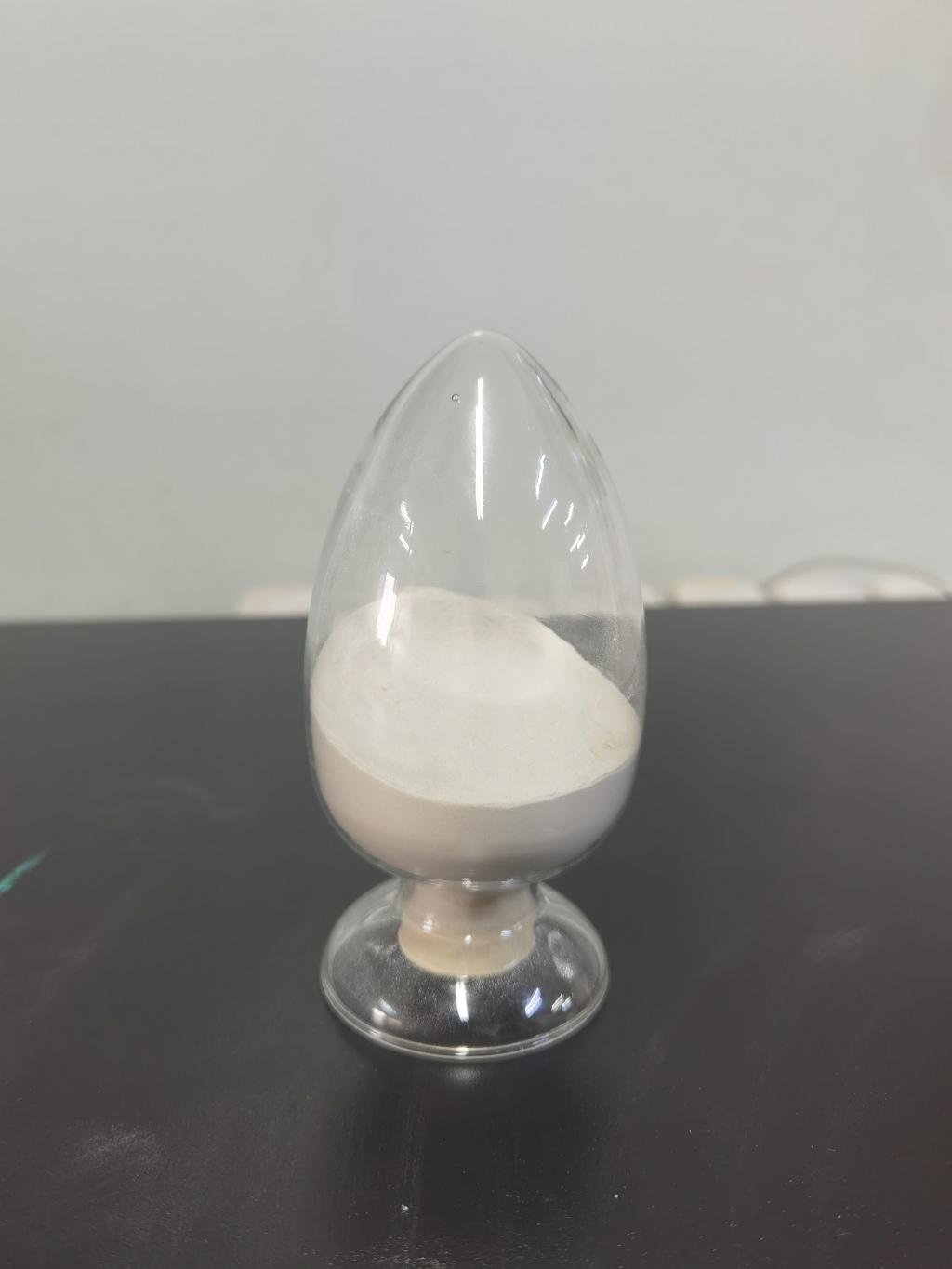Tel:0086 18231198596

News
Nisin role in combating antibiotic-resistant bacteria.
TIME:2024-05-09
Mechanisms of Action:
Nisin exerts its antimicrobial activity primarily by disrupting bacterial cell membrane integrity. It binds to lipid II, a precursor molecule involved in cell wall synthesis, leading to pore formation and leakage of cellular contents, ultimately resulting in bacterial cell death. Additionally, nisin may interfere with other cellular processes, such as membrane potential and ATP synthesis, further contributing to its antimicrobial effects.
Efficacy Against Antibiotic-Resistant Bacteria:
Numerous studies have demonstrated nisin's efficacy against various antibiotic-resistant bacteria, including methicillin-resistant Staphylococcus aureus (MRSA), vancomycin-resistant enterococci (VRE), and multidrug-resistant strains of Gram-negative bacteria. Nisin has shown comparable or superior antimicrobial activity to conventional antibiotics in vitro and in animal models of infection, highlighting its potential as an alternative therapeutic agent for combating antibiotic-resistant infections.
Synergistic Effects with Antibiotics:
Nisin has been shown to exhibit synergistic interactions with certain antibiotics, enhancing their antimicrobial activity against antibiotic-resistant bacteria. Combining nisin with antibiotics such as vancomycin, penicillin, and rifampicin has been reported to overcome bacterial resistance mechanisms and improve treatment outcomes in vitro and in vivo. These synergistic effects offer promising strategies for combating antibiotic-resistant infections.
Potential Applications in Clinical Settings:
Nisin's broad-spectrum antimicrobial activity, low toxicity, and stability make it an attractive candidate for various clinical applications. It has been investigated for use as a topical antimicrobial agent for wound healing, a food preservative to prevent foodborne pathogens, and a therapeutic agent for treating bacterial infections, including those caused by antibiotic-resistant strains. Clinical trials evaluating nisin's safety and efficacy in human subjects are warranted to further explore its potential clinical applications.
Challenges and Considerations:
Despite its promising antimicrobial properties, several challenges and considerations need to be addressed before nisin can be widely adopted in clinical settings. These include optimizing nisin formulations for specific applications, elucidating its pharmacokinetics and pharmacodynamics, assessing potential resistance development, and ensuring regulatory approval for therapeutic use.
Future Perspectives:
Future research directions in the field of nisin and antibiotic-resistant bacteria should focus on addressing the aforementioned challenges, elucidating nisin's mechanisms of action in vivo, conducting well-designed clinical trials to evaluate its safety and efficacy, and exploring novel delivery systems and combination therapies. With continued research and innovation, nisin holds great potential as a valuable weapon in the fight against antibiotic-resistant infections.
Conclusion:
Nisin's multifaceted antimicrobial properties and efficacy against antibiotic-resistant bacteria position it as a promising candidate for combating antibiotic resistance in clinical settings. By targeting bacterial cell membranes and disrupting essential cellular processes, nisin offers a novel approach to overcoming antibiotic resistance and treating infections caused by multidrug-resistant bacteria. Continued research efforts are essential to unlock the full therapeutic potential of nisin and address the global threat of antibiotic resistance.

 CONTACT
CONTACT




